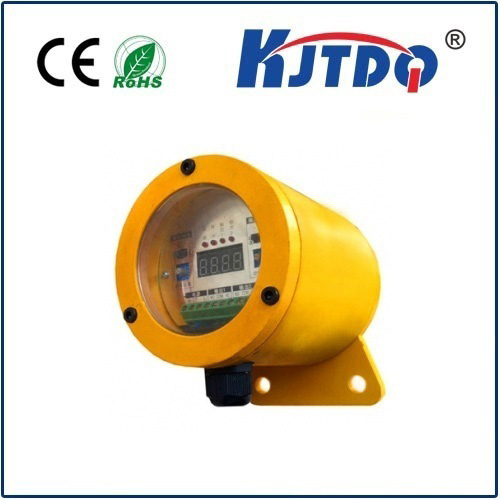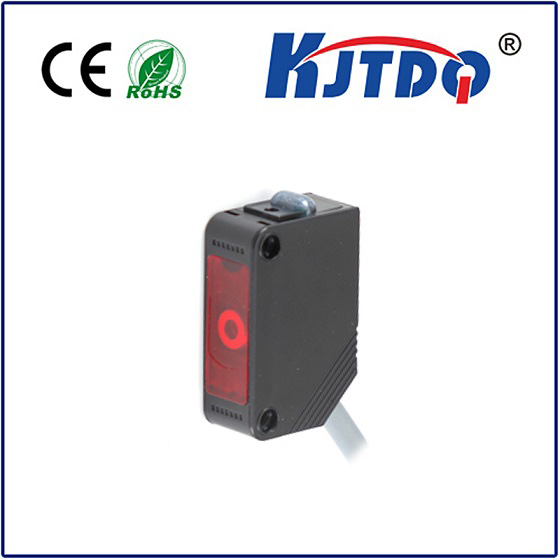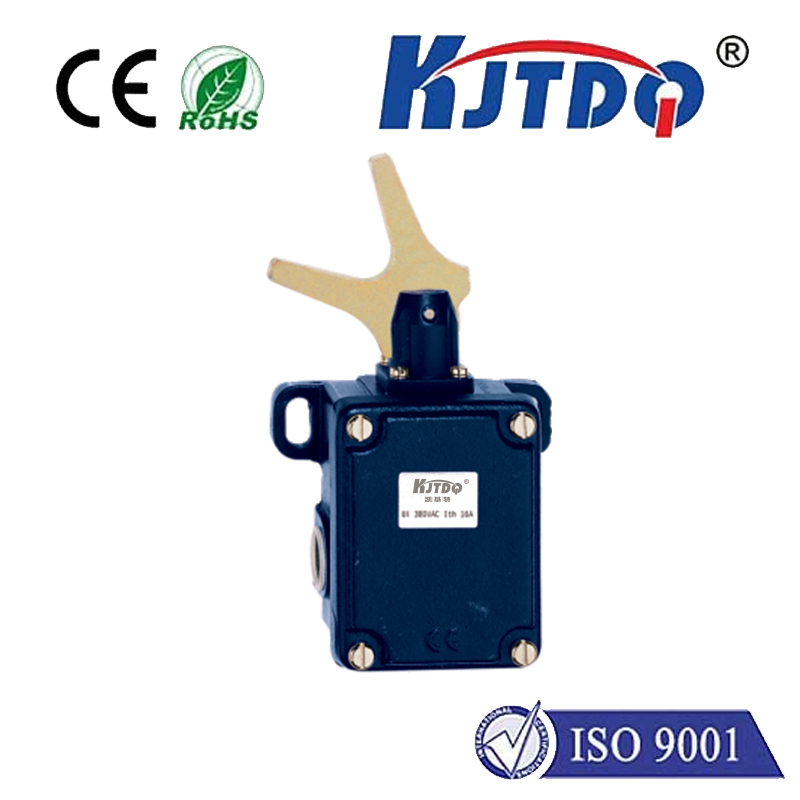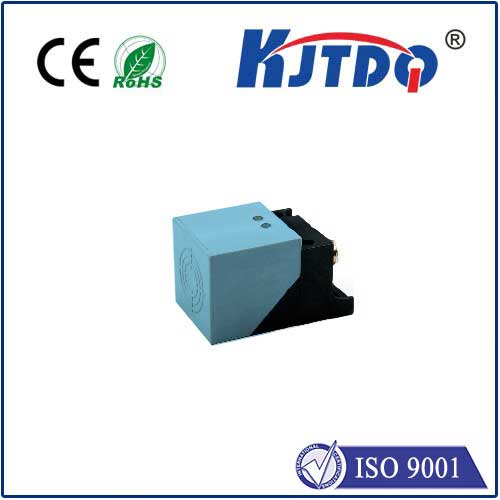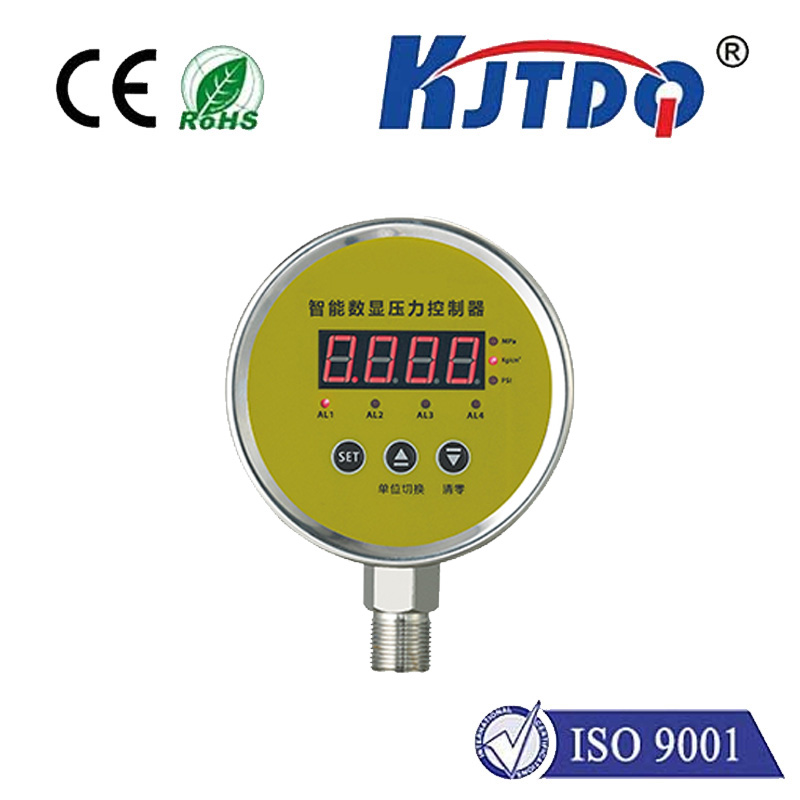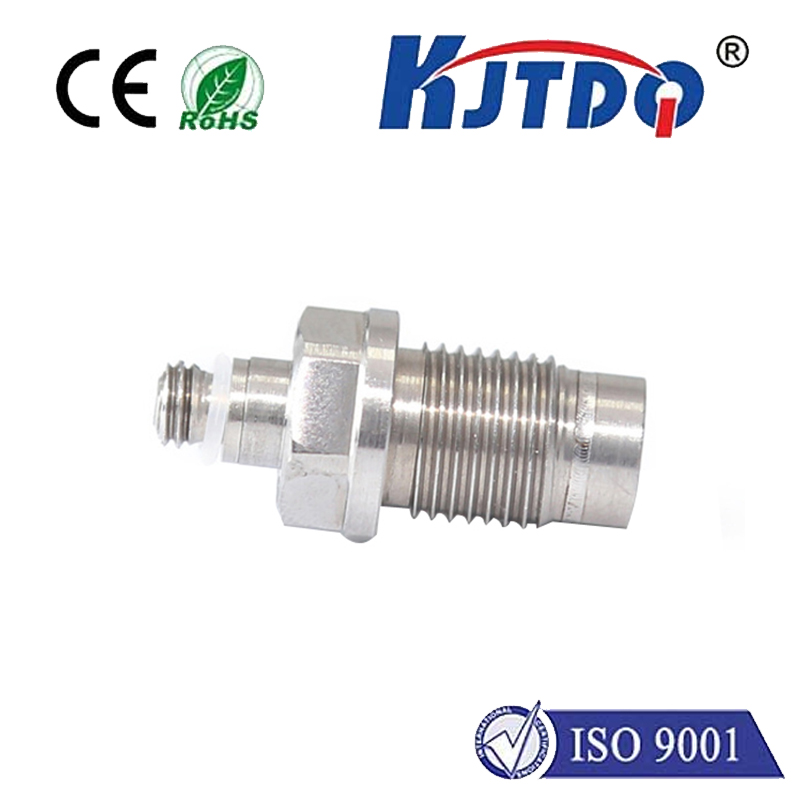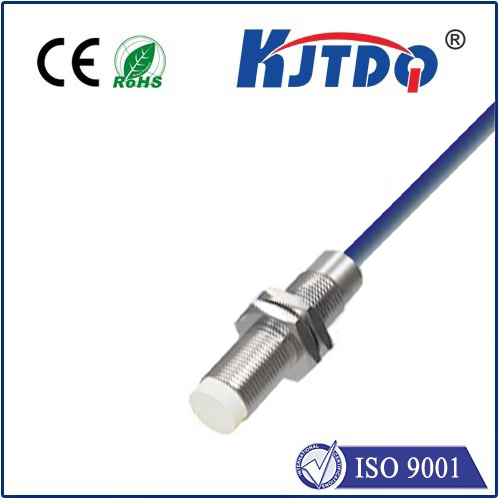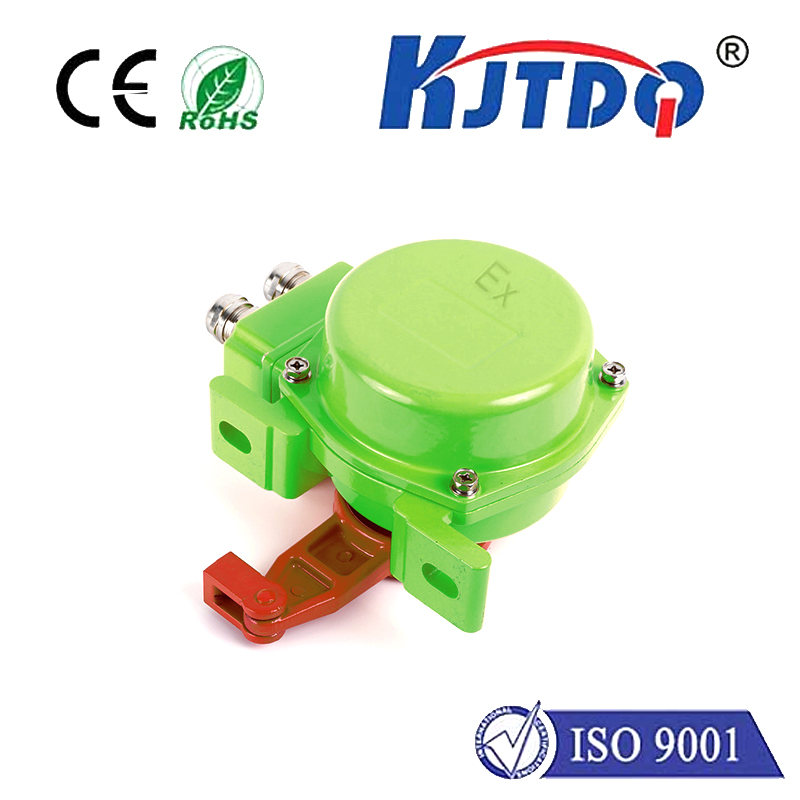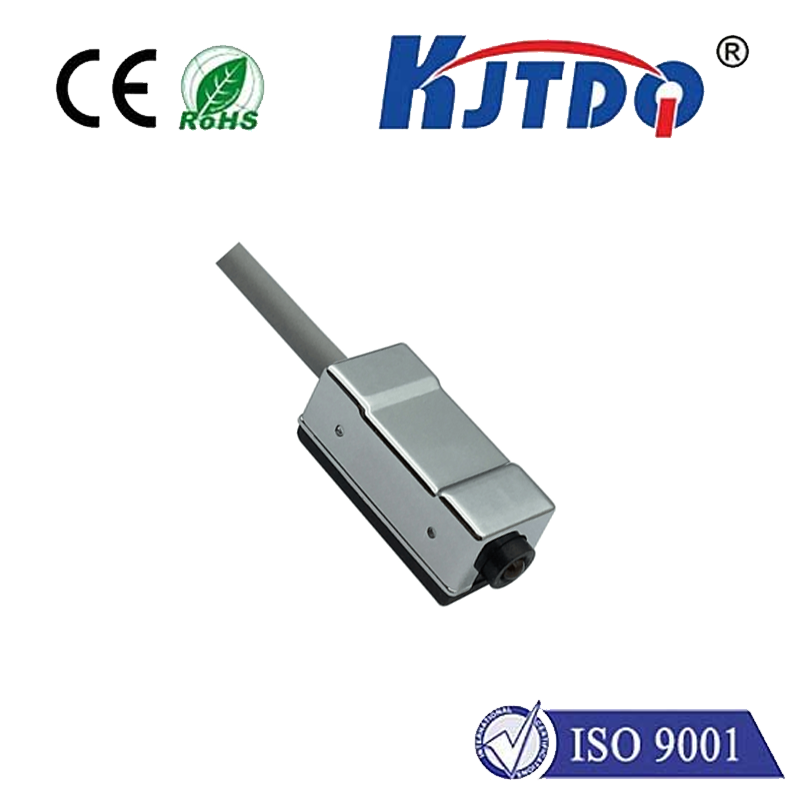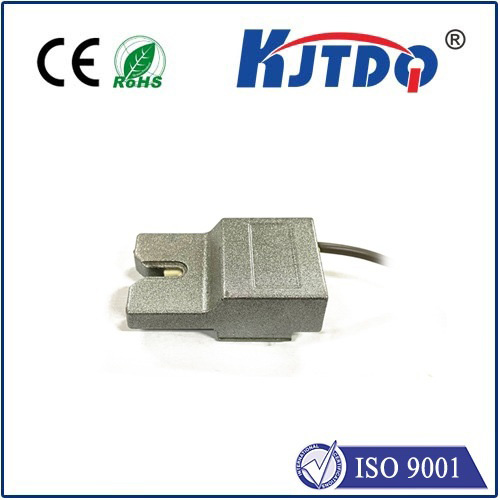
check

check

check

check
In today's technologically advanced world, proximity sensors have become an indispensable tool across various industries. These small but mighty devices possess incredible capabilities that enhance efficiency and convenience in a multitude of applications. This article aims to delve into the significance of proximity sensors and their role in transforming the way we interact with technology.
Proximity sensors are electronic devices that detect the presence or absence of objects in close proximity. They work on the principle that electromagnetic fields emitted by objects can be sensed by another device. These sensors are widely used in smart homes, wearable devices, industrial automation, and many other sectors due to their high accuracy and reliability.
The efficiency of proximity sensors lies in their ability to detect the precise distance between two objects. They can detect the proximity of objects within a few millimeters, which makes them ideal for a wide range of applications such as automatic door control, gesture recognition, and even medical diagnosis. In addition, these sensors are highly versatile and can be programmed to respond differently based on the detected proximity.
One significant advantage of proximity sensors is their ability to operate silently and continuously. They do not produce any noise or consume power unnecessarily, making them environmentally friendly and cost-effective. Moreover, they can be designed to operate in harsh environmental conditions, such as high temperatures, low humidity, and dust, making them suitable for use in various industries.
In conclusion, proximity sensors have revolutionized the way we interact with technology by providing us with efficient and convenient solutions. Their ability to accurately detect the presence or absence of objects has made them indispensable in various sectors. As technology continues to advance, it is likely that proximity sensors will continue to play an essential role in our daily lives.
